Arequipa Tour
In 1500s, the Hispanic-Peruvian chronicler Garcilaso de la Vega wrote the story of how Inca King Mayta Capac stopped his troops in the valley of the Chili river dazzled by the beauty of the place saying “Ari qepay” – That in Quechua language means something like “yes, You can stay” or “stay here”. With those words, said de la Vega, the city of Arequipa was born.
Well, we do not want to exaggerate being to much romantic, but for sure we have understood the symbolic message of this story.
Arequipa is not a city to pass quickly on the route during your trip to Peru; once here you are going to say “let’s stay here”
1.- Enjoy the gorgeous historical centre of Arequipa
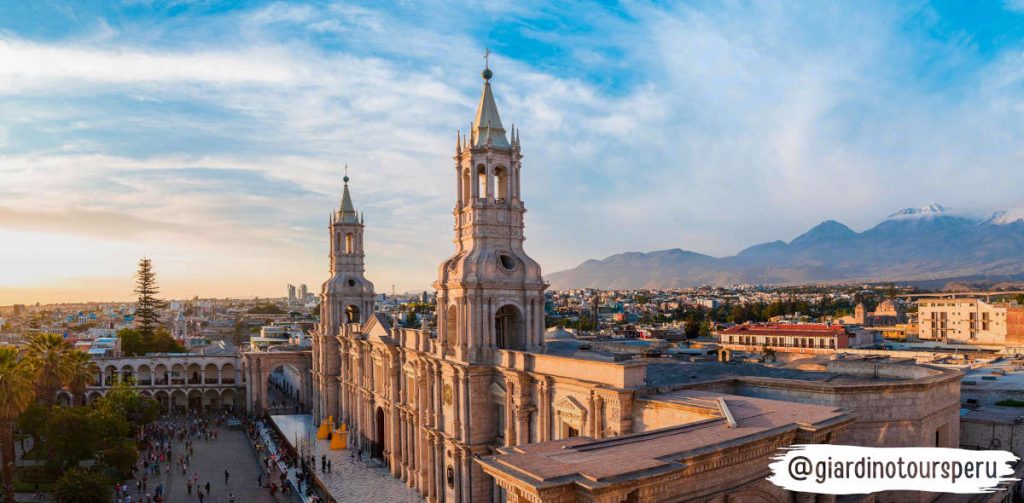
Arequipa’s main attraction is unequivocally the magnificent historical centre, which owes its beauty and significance to more than just its impeccable off-white facades.
The architectural style of most structures, built in volcanic rock, shows an unprecedented and harmonious blend of European and native indigenous elements and techniques, which resulted in a spectacular display of exquisitely-decorated mansions, courtyards, cloisters and churches.
Peruvian architect and writer Hector Velarde couldn’t have described it better: “the architecture of Arequipa is all about the marriage between conqueror and conquered, it’s a true fusion. It is the perfect colonial architecture, maybe the most complete of all Mestizo-American architectures”
- Plaza de Armas (The best photos are during Sunset)
- Casa Tristan del Pozo
- Casa Moran
- Plaza San Lazaro
- Plaza and Church San Francisco.
- Church and cloister of La Compañía de Jesus
- Streets of Arequipa City center that close into the Main Square
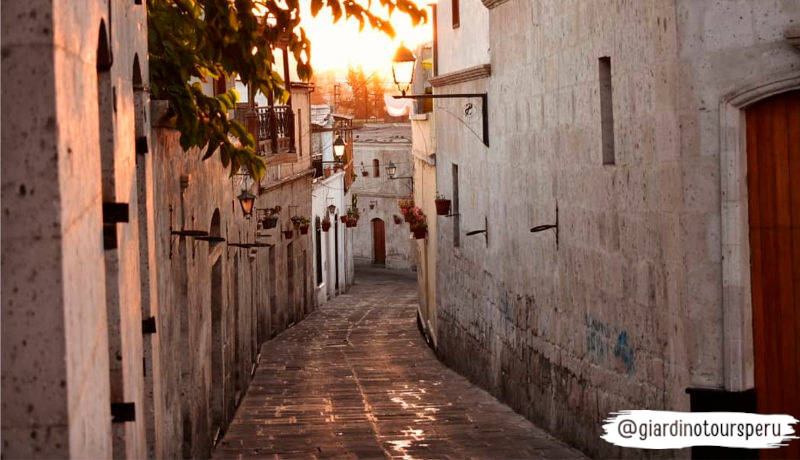

2.- Mundo Alpaca
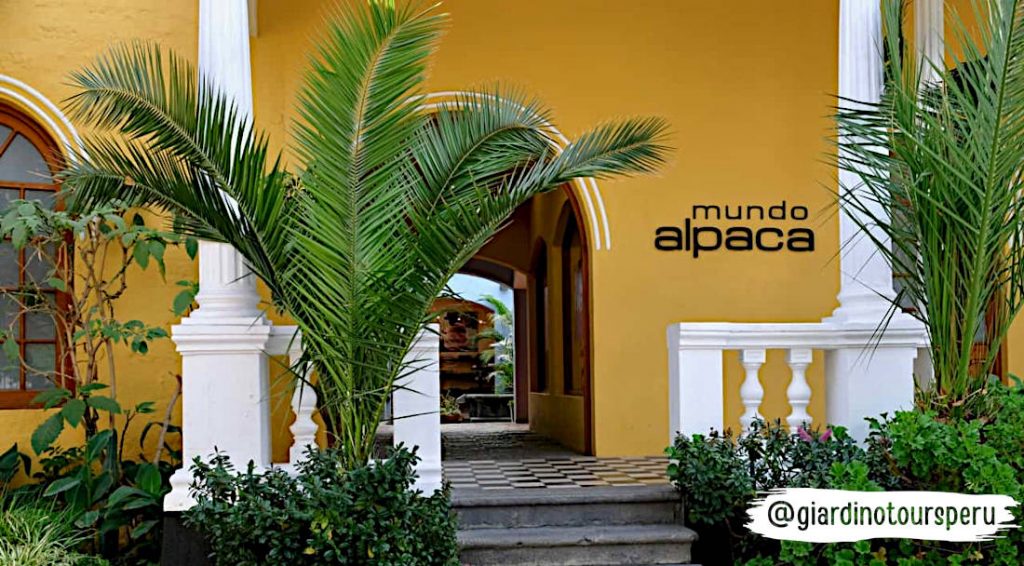
If you think that to visit “Mundo alpaca” is only a shopping store with live alpacas, it is wrong! Mundo Alpaca it’s actually a small and very well-organized “Alpaca Boutique and Museum”.
Live the experience of the “Alpaca and Vicuña” and learn about the tradition, process and history of its fibers and the wonderful textiles of the Andes.
Here you will not only interact with the Alpacas but also you will travel to the past through the textile history that you will appreciate in its ” Museo Textil Pre-Columbian Amano – Michell”, which exhibits valuable textile pieces from pre-Columbian cultures.
To close the experience you will visit the Boutique where you can find excellent and top quality products for you and your family.
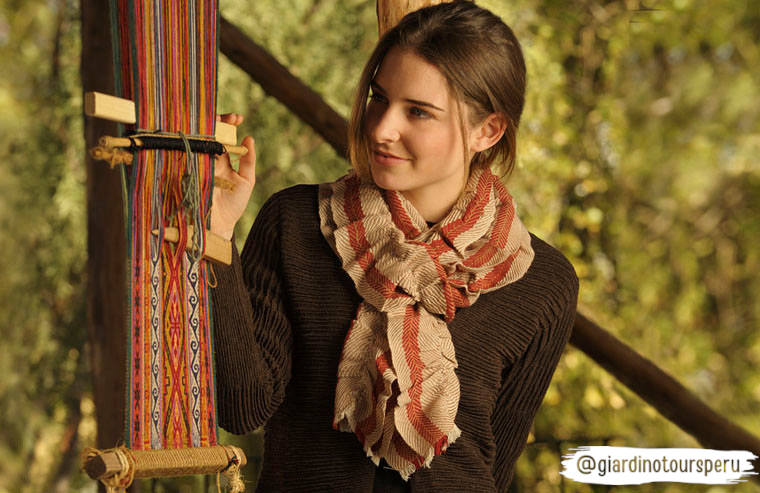

3.- San Camilo Market
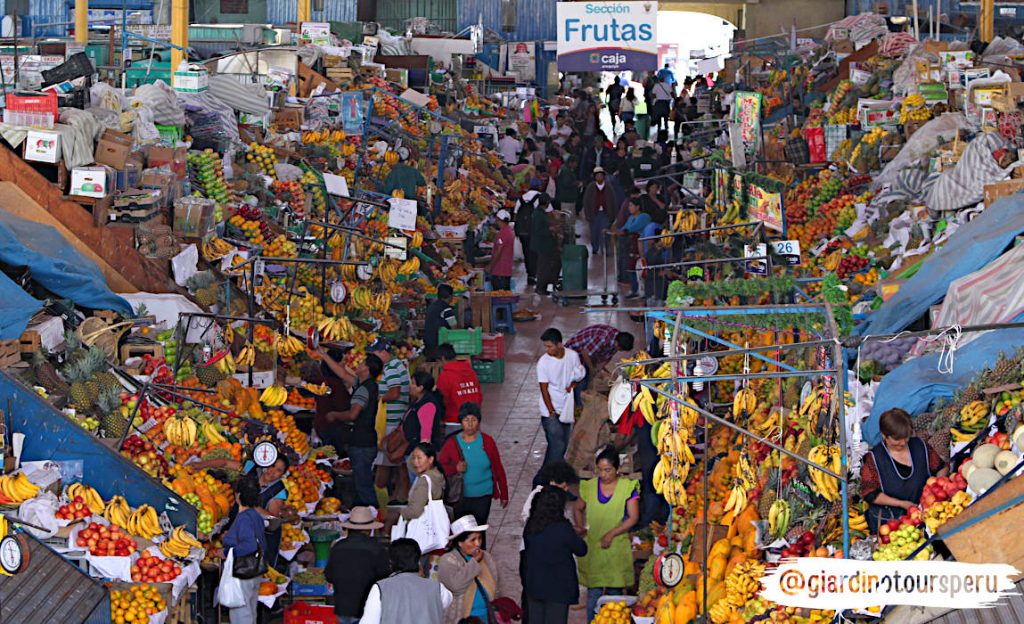
Take your time to stroll down the different alleys, which are neatly organized by product type. You will be amazed by the quantity of products and colors. Walk through the alleys of herbs, meats, breads, fruits, cheeses etc… Walk through the juice alley and taste a good glass of fresh juice (the best juices we’ve ever tasted) and on the second floor visit the sale of flowers, textiles and also look some restaurants for locals.
Here you will discover the huge variety of potatoes that Peru offers.
Do you know that Peru has more than 3,500 varieties of potato, the largest in the world, and there are more than 700,000 families that live from its cultivation in 19 producing regions?
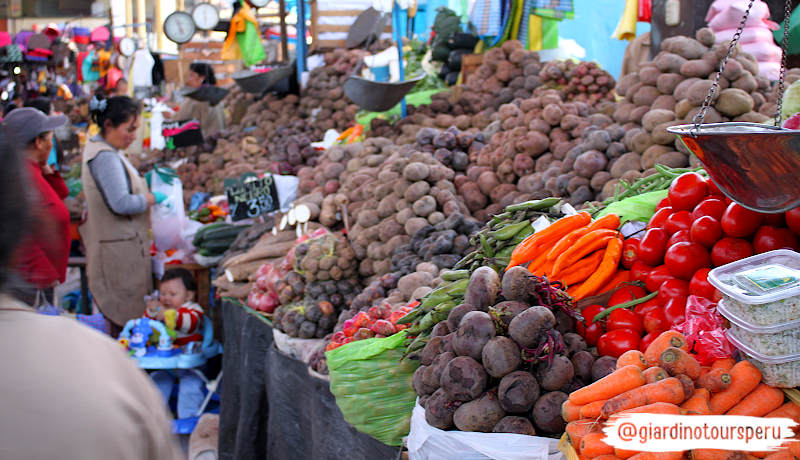
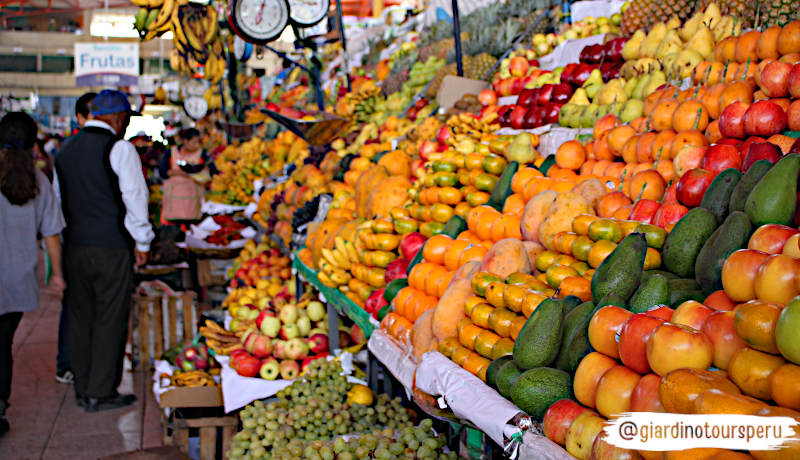
4.- Walk to the Yanahuara scenic lookout
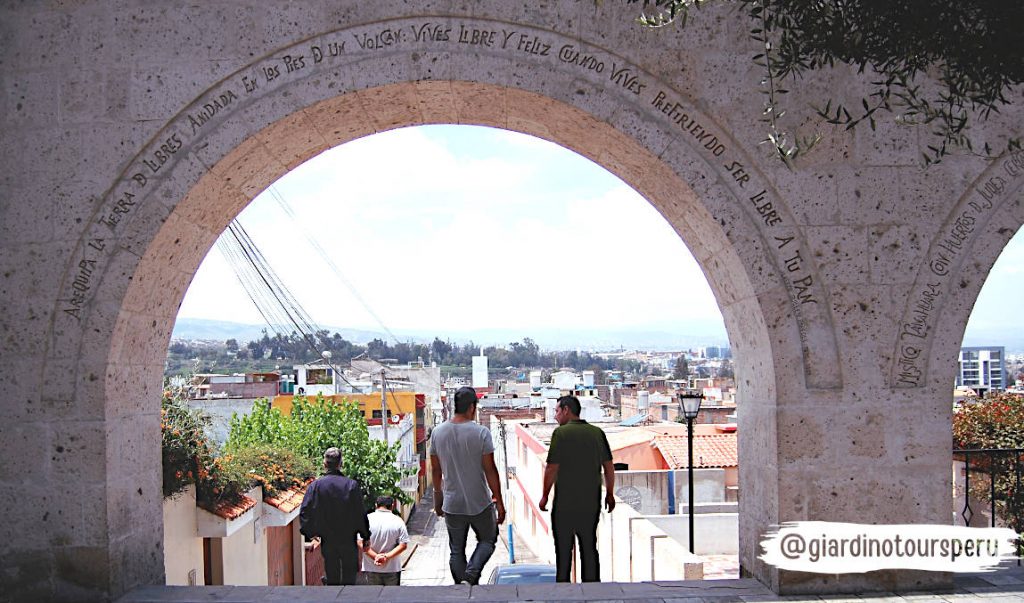
For a wonderful view of this city and its volcanoes, there is no better place than the Yanahuara Lookout. On a clear day (which in Arequipa is almost 300 days a year) you will have photos of the city and its volcanoes as a postcard, from some elegant arches made arches made from the same volcanic rock used in the historical city center (Sillar).
Note that the arches have some inscriptions, which are quotes from famous Arequipan writers.
Take time to explore the Plaza. Church and some close streets and get in the Plaza a delicious “Queso helado” a kind of Traditional ice cream of this city.
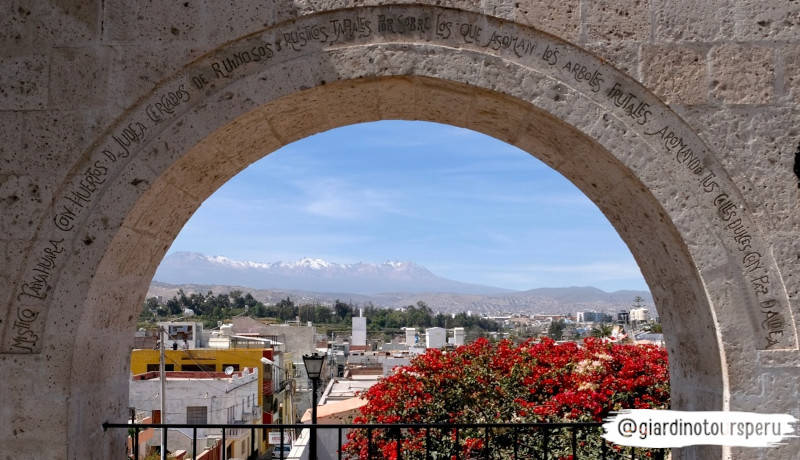
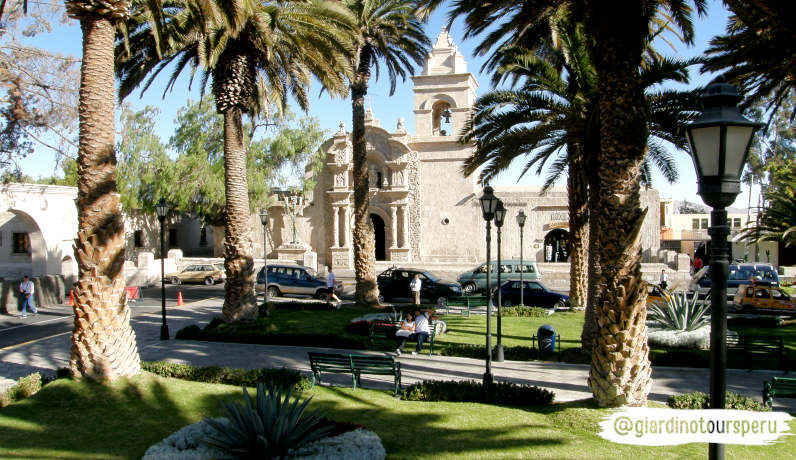
5.- The Recoleta Convent
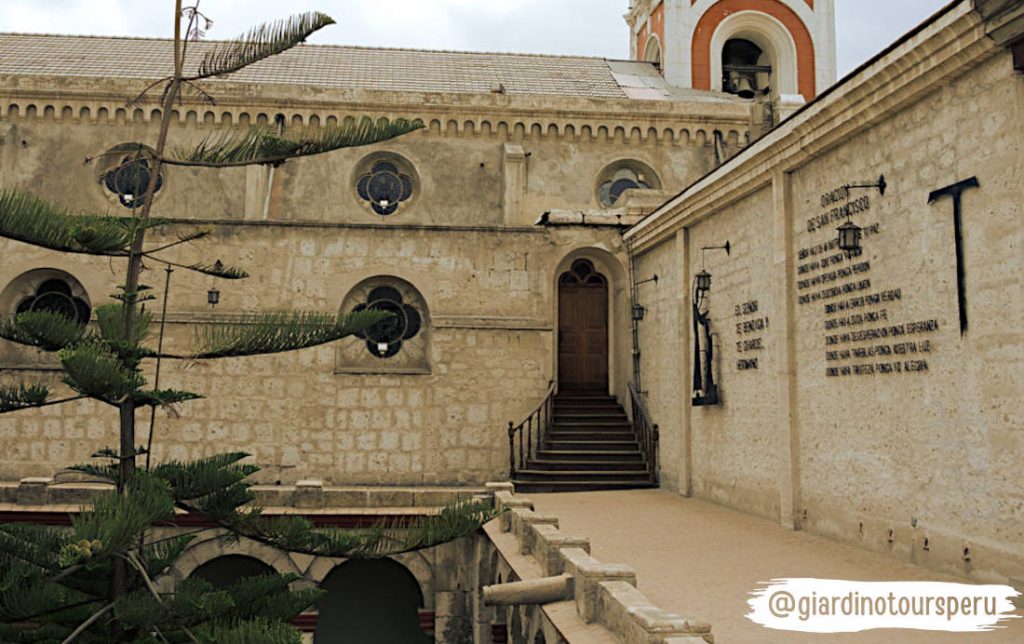
Only a 10-minute walk from the Plaza de Armas crossing the Río Chili over pleasant Puente Bolognesi on the way to Yanahuara, you will find the Recoleta convent museum.
It was founded in 1648 by Franciscan friars and rebuilt after many earthquakes. The peaceful Franciscan convent contains impressive cloisters with sillar columns, patios and lovely gardens.
Bibliophiles will delight walking around the Convent’s huge library, which contains more than 20,000 dusty books and maps; including rare published texts from the 15th century. The library is open for supervised visits, just ask at the entrance if you visit.
The convent museum includes several collections that are good to visit. One room is a collection of pre-Inca culture artifacts, including funereal masks, textiles, and totems; in another are mummies and a series of paintings of the 12 Inca emperors. Also is interesting to observe that the missionaries were understandably fascinated by prehistoric-looking fish, crocodiles, piranhas, and the clothing of indigenous communities.
6.- Santa Catalina Monastery
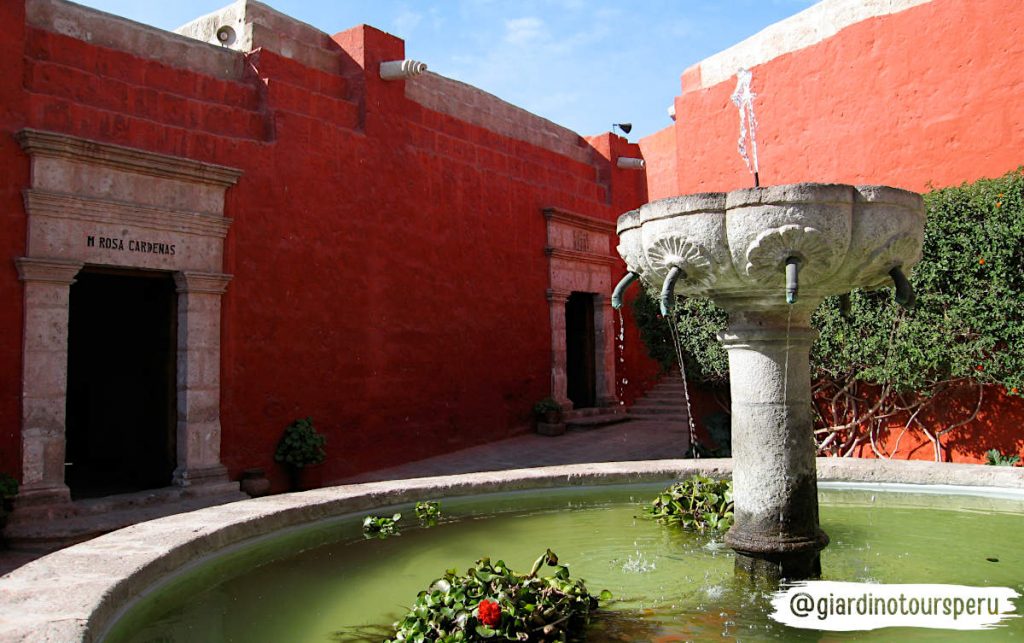
This incredible monument is located in the historic center of Arequipa. It served as a cloister for Dominican nuns from the 16th to the 18th centuries, and still houses a small religious community today.
The monastery occupies a territory of 20,426 m2 and was opened on September 10, 1579, just 39 years after the foundation of Arequipa city.
The whole complex is built from volcanic ashlar stone “Sillar” and is organized into cloisters, houses, patios, square, a gallery and a small chapel.
This monastery shouldn’t be missed!
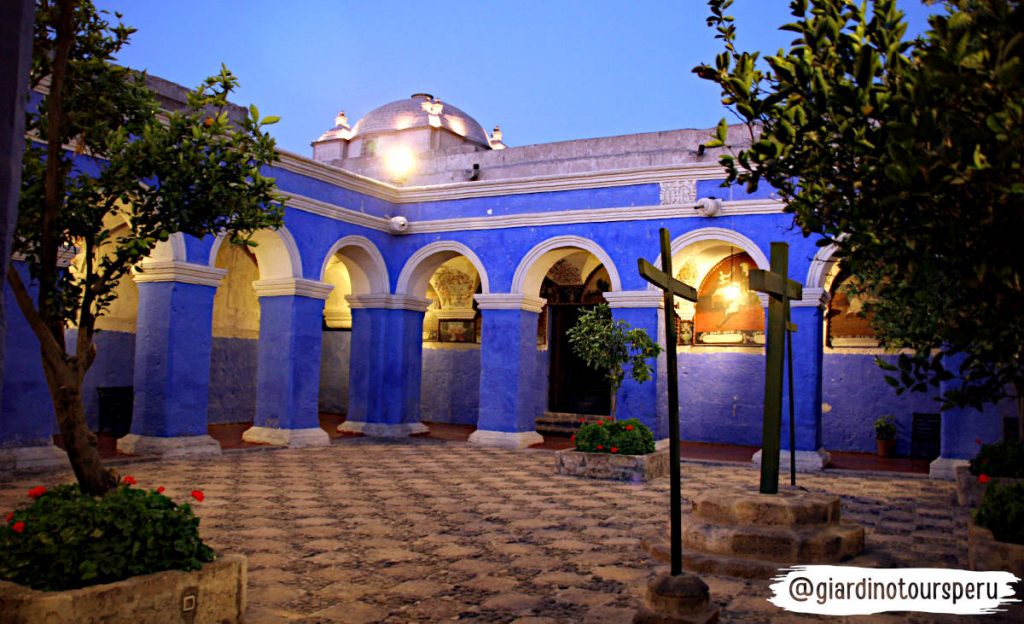

7.- Santa Teresa Monastery
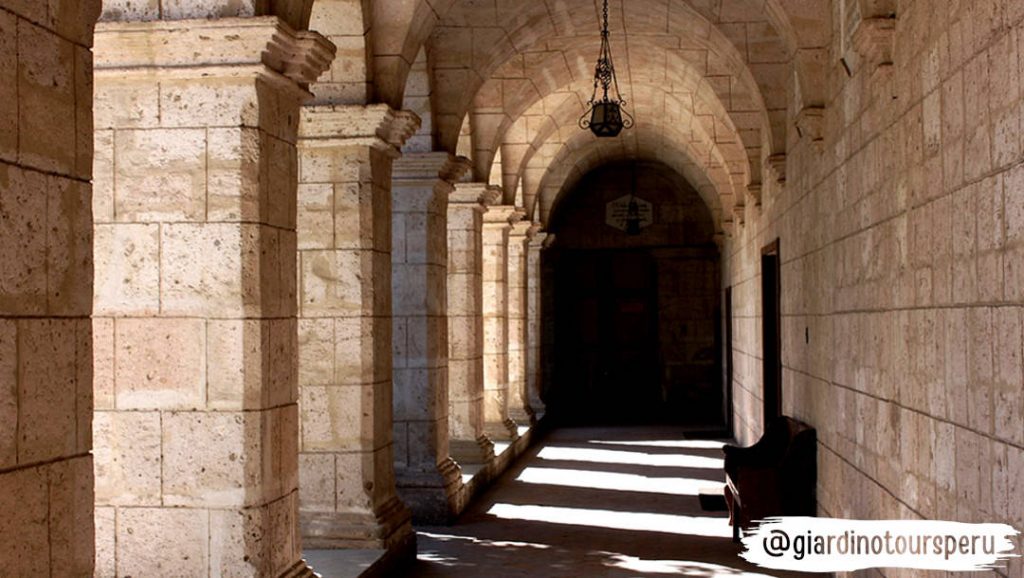
This gorgeous 17th-century Carmelite convent is open to the public as a “living museum”; so called because several of the objects and rooms continue to be used as it was over 3 centuries ago.
The colonial-era buildings are justifiably famed for their decorative painted walls and restored rooms filled with priceless objects of art, murals, precious metalwork, paintings and other historical artifacts.
The museum is located in the city centre of Arequipa, a few bloks from the main square on calle Melgar 303.
PS: You must visit the Candy Shop: where you can taste cakes and desserts made daily by the nuns with ancient recipes. Also in the shop you will Souvenirs and craft items such as parsley and roses soap made from the roses of the monastery, Apple Vinegar and Bee Honey.
This monastery is also another gem of Arequipa!
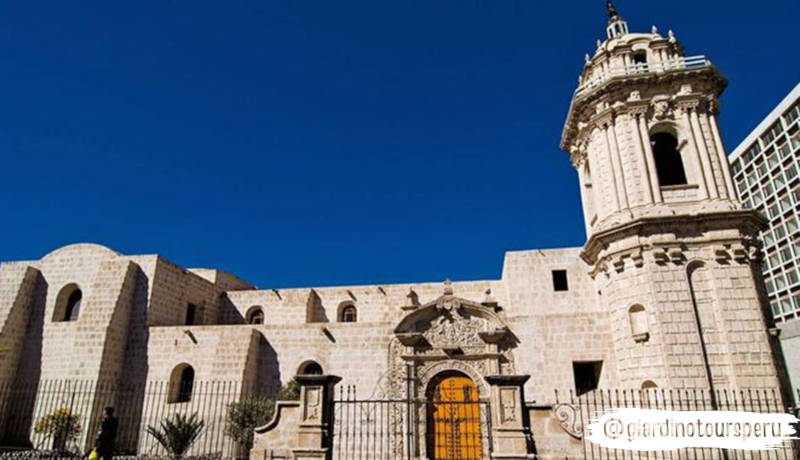
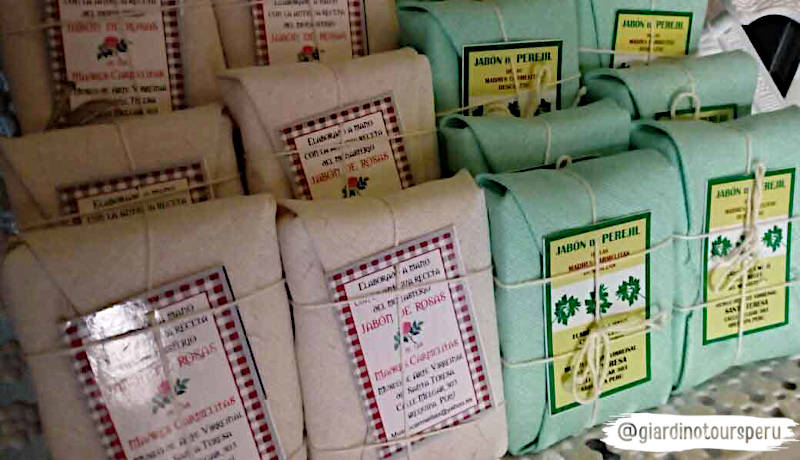
8.- The Library “Mario Vargas Llosa.”
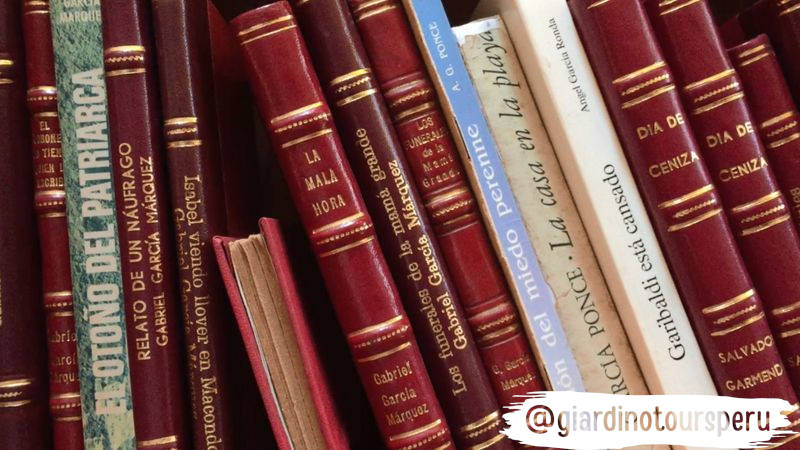
Mario Vargas Llosa was born in Arequipa, Peru in 1936. He is the author of fifteen novels, including La Ciudad de los Perros (The Time of the Hero) (1963), La casa verde (The Green House) (1966), and La guerra del fin del mundo (The War of the End of the World) (1981). He has also written three short story collections, including Los jefes (The Leaders) (1959), as well as several collections of essays. His books have been translated into more than thirty languages.
In 2010, Vargas Llosa was awarded the Nobel Prize for Literature.
So, there is no doubt that Arequipa city is proud of Its son, who now resides in Spain.
The Mario Vargas LLosa library is located in a Colonial house in the historical center of Arequipa and offers 7,900 titles ranging from fiction, history, social sciences and magazines, but the number keep growing.
“Through books we can see what we don’t have and we would like to have, thanks to books we will fight prejudice and see how absurd and irrational differences are. Literature makes us more human, makes us more reasonable, literature makes us more free, breaks borders,” – Mario Vargas Llosa on the inauguration of the Library.
What do you think?
We invite you to Discover Arequipa and live the experience of the White City of Peru
Giardino Tours – Blog
#ItravelWithGiardino #OneTripManyExperiences

